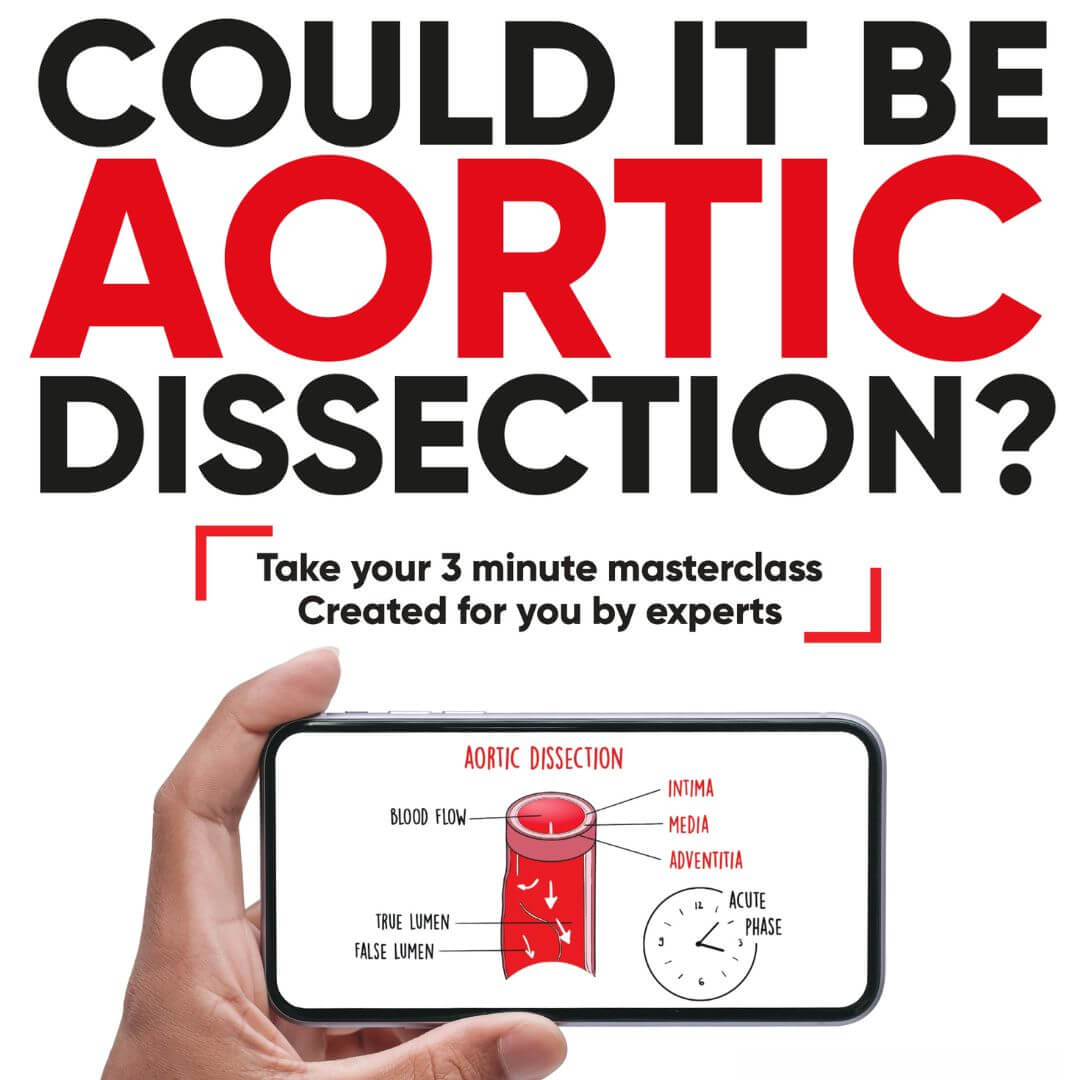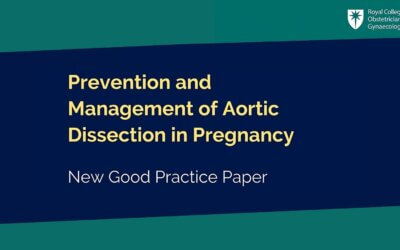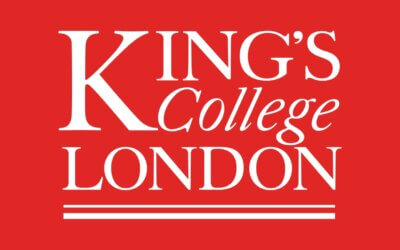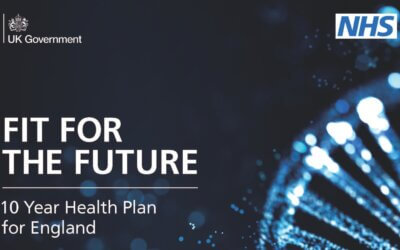The EARNEST trial (Early Aortic Repair in patients Needing Endovascular/open Surgery for Type B Aortic Dissection) is a major new research initiative that seeks to change the way uncomplicated type B aortic dissection (uTBAD) is treated. Led by Imperial College London and funded by the National Institute for Health and Care Research (NIHR), this £2.8 million study, released following the meeting with our trustee Pauline Latham and the Secretary of State for Health, is now open and actively recruiting patients across 25 centres in the UK. It has been developed not only with medical experts but in close partnership with patients and the charity, ensuring that it reflects the real concerns and experiences of those affected by the condition.
uTBAD
In uncomplicated cases of TBAD, which account for 60% of type B AD cases, patients do not present with immediate life-threatening complications such as rupture, organ malperfusion, or uncontrolled blood pressure. These patients are typically treated with best medical therapy (BMT), which includes tight blood pressure control and regular scans to monitor changes in the aorta over time. However, up to one-third of patients with uTBAD will eventually develop an aneurysm, increasing the risk of rupture and the need for major surgery later.
Under current practice, surgery is not offered unless the aorta expands significantly, typically reaching 5.5 to 6 cm in diameter. These later-stage operations, whether performed via open surgery or minimally invasive endovascular techniques, are often extensive and carry a notable risk of complications, including death, stroke, paraplegia and organ failure. Recovery can be prolonged, and quality of life may suffer.
The cost to the NHS for managing these complex cases is substantial, and for patients, the psychological burden of living with an untreated but monitored condition can be significant. There is a growing belief among clinicians that earlier intervention may reduce the number of patients who go on to develop life-threatening complications. That’s where the EARNEST trial comes in.
Aims of the Research
The EARNEST trial is the first large-scale, randomised controlled trial in the UK to compare early intervention using thoracic endovascular aortic repair (TEVAR) against standard medical management in patients with uTBAD. The study will follow patients for five years to assess both clinical outcomes and cost-effectiveness.
The main goal is to find out whether early TEVAR, performed between 10 days and 3 months after the initial dissection, can reduce the risk of aortic-related death, severe neurological injury (like stroke), or severe and permanent cardiorespiratory failure. It will also evaluate how this strategy affects patient quality of life, the cost to the NHS, and how well the aorta heals or “remodels” after treatment.
What is TEVAR?
TEVAR is a minimally invasive procedure where a stent graft, a fabric tube supported by a metal framework, is inserted into the aorta via a small incision in the groin. Using X-ray guidance, the stent is positioned across the tear in the aorta and deployed to seal it, reinforcing the wall of the vessel and closing the false channel. In doing so, the procedure promotes healing and reduces the risk of further weakening or aneurysm formation.
Although TEVAR is well-established and widely used for treating thoracic aneurysms, its benefits when performed early in patients with uTBAD remain unproven. Previous smaller studies and registries have hinted at improved survival and a lower risk of late aortic complications with early TEVAR, but these studies lacked sufficient size or rigour to change practice.
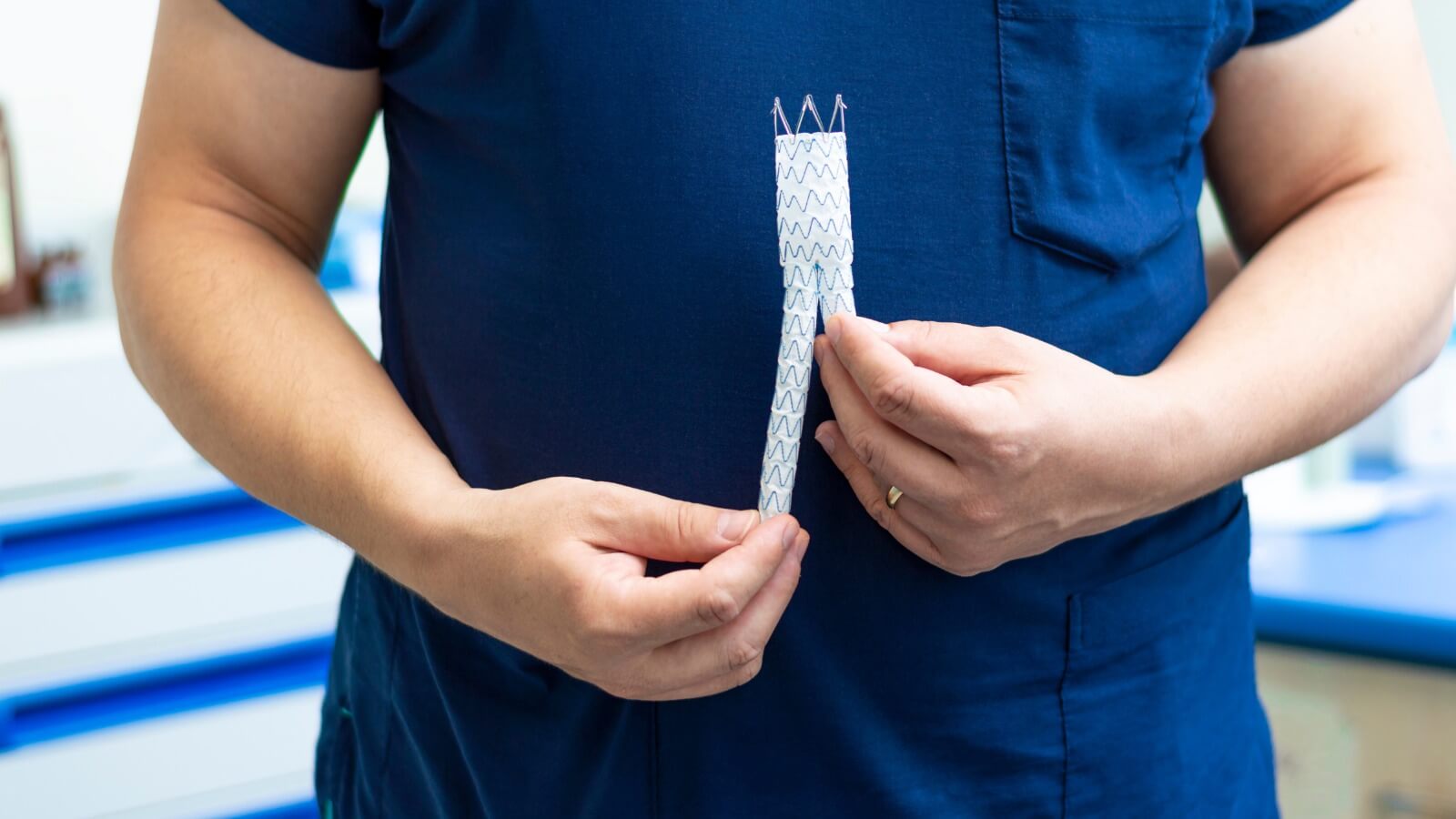
EARNEST Study Design
The EARNEST trial is open-label, meaning both clinicians and patients know which treatment is being given. 470 participants from across 25 UK centres will be randomly assigned by computer to one of two groups:
- TEVAR Group: Participants undergo the TEVAR procedure within 10 days to 3 months of the original dissection, alongside standard blood pressure treatment and follow-up care.
- Medical Therapy Group: Participants receive best medical therapy alone, with surgery only offered if the aorta significantly enlarges or complications develop.
All patients will be followed closely, with quality of life and health check at 6 weeks, 6 months, and then annually for five years. Imaging (CT or MRI scans) will be used to monitor the aorta and assess changes over time. Importantly, the trial’s structure means that everyone enrolled receives the same high standard of care they would normally get under NHS management.
To be eligible for the EARNEST trial, patients must meet the following criteria:
- Diagnosed with uTBAD between 10 days and 3 months after the initial event.
- Suitable for TEVAR with or without left subclavian artery coverage or bypass.
- Aged 18 years or older.
- Have a life expectancy of at least two years.
- Willing and able to provide written informed consent.
Those with complicated TBAD, previous dissections, connective tissue disorders, or other specific aortic conditions are not eligible. Women who are pregnant at the time when stenting would be needed are also excluded.
Putting Patients and Families at the Centre
One of the most outstanding features of the EARNEST trial is the central role that patients, families, and carers have played in its development. From the outset, Patient and Public Involvement (PPI) has been woven into every stage of the project.
Over 20 people affected by type B aortic dissection, including those from different ethnic backgrounds and age groups, were interviewed to share their views on what mattered most. This was followed by focus groups, where participants discussed the trial’s aims, how to ensure informed consent, how to avoid patients feeling pressured, and how to make participation inclusive and meaningful.
Their feedback led to key improvements in the study design, including:
- Ensuring that recruitment only happens when patients are alert, comfortable, and informed.
- Defining meaningful outcomes that matter to real lives, not just survival but whether a patient can continue to walk, talk, and live independently.
- Highlighting the value of support during the trial, including updates, community groups, and access to trustworthy information.
Lay representatives from the patient community are embedded within the trial’s core management group, playing a vital role in overseeing key decisions, reviewing safety data, and guiding communication throughout the study. The charity has also contributed significantly as part of the ethics panel, a contribution that was recognised as exemplary by NHS Research Ethics Committees. The charity will continue to be an integral part of the research team for the full duration of the trial, ensuring that the patient perspective remains central at every stage.
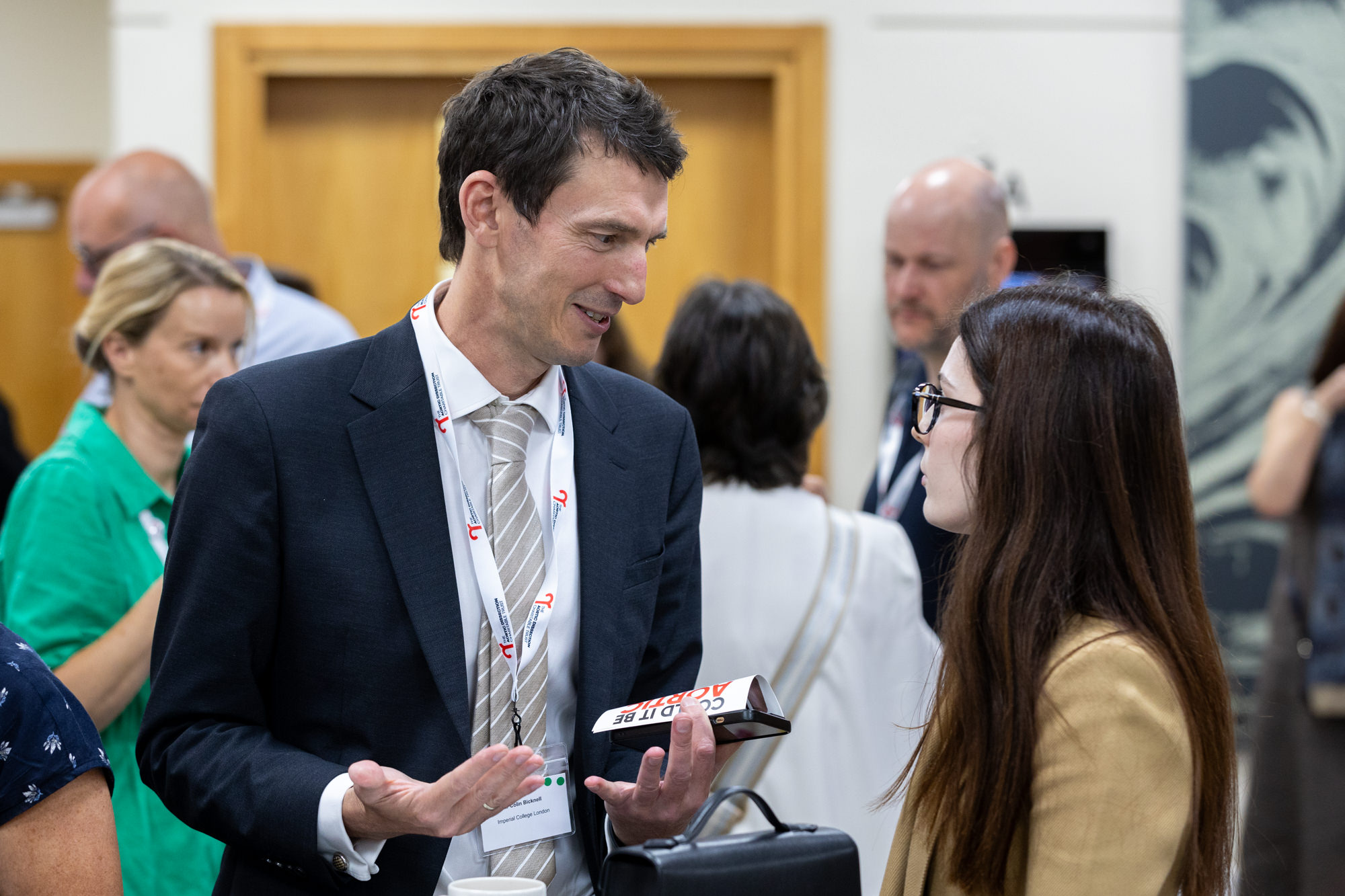
Promoting Inclusion and Accessibility
The research team is working actively to ensure that the trial is inclusive. All information for patients is being translated into several languages, and outreach is planned to engage with underserved communities, including black patients and women, who are historically underrepresented in cardiovascular research.
The PPI board, which will meet regularly throughout the study, will include eight diverse members who will guide strategies for recruitment, retention, and dissemination of findings. Training sessions and resources will be provided so that every lay member can understand the science, contribute meaningfully, and help shape outcomes.
A Step Toward Safer, Smarter Treatment
The EARNEST trial represents a vital and long-awaited step toward safer, smarter, and more personalised treatment for patients living with uncomplicated type B aortic dissection. This is a condition that has, for too long, relied on outdated or limited data to guide life-saving decisions. With the active collaboration of patients, families, clinicians, and researchers, this study is poised to deliver not just clinical results but a real shift in how care is provided, placing patient experience, long-term wellbeing, and healthcare value at the heart of the conversation.
Crucially, the EARNEST trial is not operating in isolation. It is part of a broader, global effort to re-evaluate the treatment pathway for type B aortic dissection. Similar studies are now underway in other regions of the world, reflecting a growing international consensus that more needs to be done to determine when, how, and for whom early intervention with TEVAR is appropriate.
In Scandinavia, the SUNDAY trial (Scandinavian Trial of Uncomplicated Aortic Dissection Therapy) is currently assessing the impact of early TEVAR compared to standard medical therapy. Like EARNEST, it includes an economic evaluation, which is essential for informing policy and clinical decision-making in publicly funded healthcare systems. SUNDAY places its primary focus on all-cause mortality and recruits patients within 12 weeks of their initial event.
Meanwhile, in the United States, the IMPROVE-AD trial (IMPRoving outcomes in vascular DisEase – Aortic Dissection) is taking a slightly different approach. It randomises over 1,000 patients much earlier, within 48 hours to 6 weeks of diagnosis, and incorporates an additional layer by identifying and including patients with Society for Vascular Surgery (SVS)-defined high-risk features. Its primary endpoint includes major aortic complications, reflecting a broader definition of risk beyond mortality alone.
What unites all three trials: EARNEST, SUNDAY, and IMPROVE-AD is a shared goal: to build on the foundations laid by earlier studies like INSTEAD and ADSORB, which, while important, suffered from small sample sizes and limited follow-up. These new trials have been designed to overcome those limitations by involving larger numbers of participants, standardising definitions of outcomes and extending the follow-up period to gain a clearer picture of how aortic dissection evolves over time.
The EARNEST trial has the potential to change the way we treat uTBAD across the NHS. If early TEVAR is shown to reduce life-threatening complications and offer better long-term outcomes, it could become the new standard of care: helping to prevent major surgery later and saving more lives.
But even more than that, this trial is a model for how research should be done: in partnership with patients, led by evidence, and focused on outcomes that truly matter.

